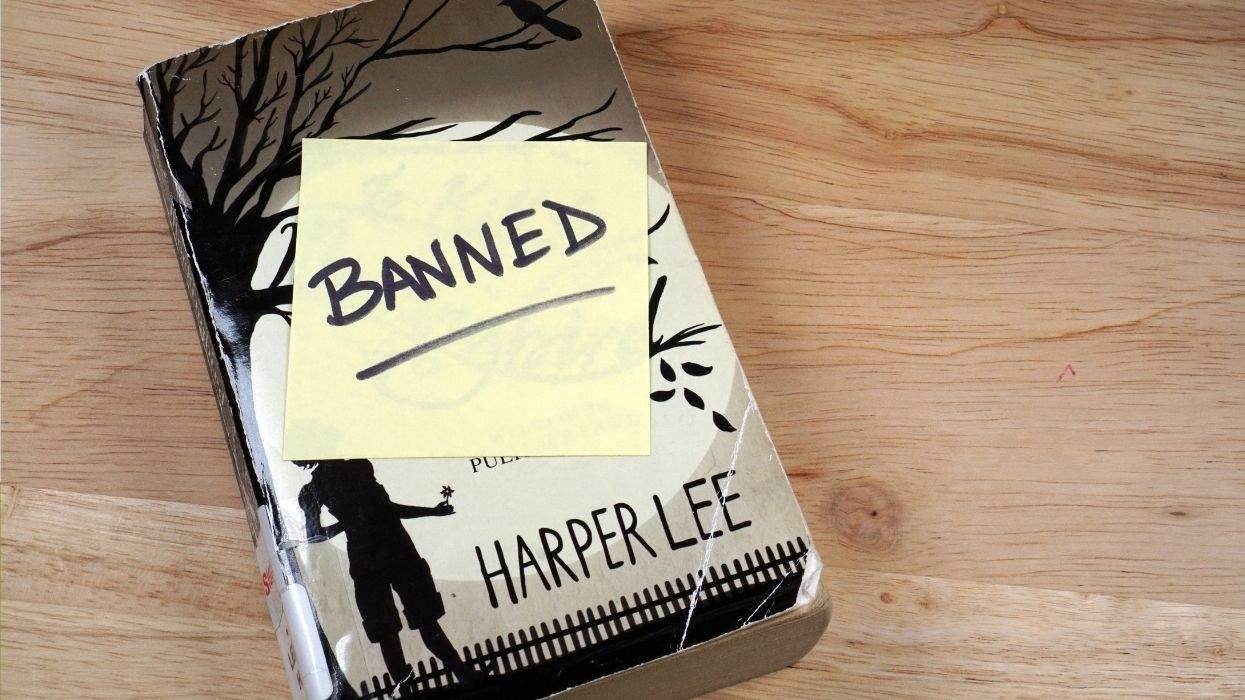The release of new body camera footage from police officers responding to the Pulse shooting prompted ABC News to air a special report Wednesday, but some survivors of the attack say use of such graphic footage felt exploitative and re-traumatizing.
"For those survivors and victims' families, it opens up a severe wound in their hearts and mind," Orlando Torres, who made it out of Pulse alive last year, told The Advocate.
ABC News touted the use of footage in a news release promoting a special edition of Nightline titled "Inside The Pulse Nightclub Terror." The entire half-hour show focused on the shooting. It included several minutes of the body camera footage, some of the most graphic and up-close images of the shooting made available thus far.
"The worst mass shooting in U.S. history makes this a newsworthy event," said an ABC News spokesperson in a statement to The Advocate, which is not distributing the footage. "This particular report focuses on the first responders. None of the wounded or dead are seen in the video and great attention was paid to be sensitive to all involved."
While the footage obtained blocked out any images of deceased victims, it includes the almost constant sound of gunfire from within the club and shows officers charging into the structure while survivors still huddle under furniture before being urged away from the scene. It also includes footage of the firefight where gunman Omar Mateen was killed by police. Some of the final footage used in the special includes officers walking through the club in search of survivors while cell phones laying in pools of blood chime unanswered.
Several media outlets made a records request for the footage, a request granted this week. Different outlets handled the content differently. The Orlando Sentinel published a selection of the video and posted it online, and managing editor John Cutter published a letter explaining the decision. "We knew some readers would object. It's a sentiment we've heard from the first days after Pulse -- that we were covering this in too much detail and exploiting the victims' memories and causing pain to the community. And we take those feelings seriously. But we also hear from people who still have questions about what happened inside Pulse that night. And this week's videos -- of which we published only a small fraction -- go a long way toward addressing those questions."
ABC published additional footage online before its prime-time broadcast. Parts of the footage also were included in a broadcast of World News Tonight With David Muir and this morning on Good Morning America as well as on several streaming platforms.
Christopher Hansen, who escaped the Pulse attack shortly after shooting began and stayed to help victims, says he did seek out the body cam footage online after hearing about its release. Much of it shocked him, including a part where he could be seen corralled by police into a safe parking lot with other survivors. "At the time, I didn't even realize I was in that parking lot," he said. "It's so quick and so fast, and seeing myself running ... it's no wonder I feel the way I do."
But while he needed to see the footage himself, Hansen disagreed with ABC's decision to broadcast the images. "I don't think you should be putting that on prime-time television and have it be a TV show," he said. "It's as if this is an entertaining thing to watch. It's cruel."
Torres ended up seeing much of the footage on World News Tonight and said many in Orlando were upset to see the content aired or shared on social media. He also questioned the timing of the report. "I believe that it's too early for this to be aired, when it's coming very close for the first year memorial," he said. "Many are still having a hard time to accept and believe what transpired on June 12."
The City of Orlando and Orange County, Fla., remain in the midst of planning for a day of remembrance on the 12th, including multiple vigils at the club.
But not everyone connected to Pulse greeted the footage with anger. Christine Leinonen, whose son Christopher "Drew" Leinonen died in the attack, says she wants to see as much original material about the shooting as possible. "I know so little about the attack from authorities," she said. "And I don't believe a lot of what I heard from them. Unless it's corroborated." She would like to know more about shots fired by police officers when they entered the club. Her son was shot two sets of times, five times in his torso and four times in his back. She'd like an explanation why.
She's been bothered by the narrative of cops acting purely as heroes and wants the body cam footage publicized. "They went in like cowboys," she said.
The Nightline report ultimately did lean heavily on police accounts of the event, including interviews with officers. None of the footage broadcast by ABC included information about officers shooting victims, but reporter Brian Ross did question police, including Chief John Mina, about the decision to blow a wall of the club while hostages remained inside. Mina said it was the right call, and officers acknowledged the decision as a calculated risk.
The broadcast also included 911 calls from people inside the club, including shooter Omar Mateen, who called police and swore allegiance to the Islamic State.
Eerily, the special also relied heavily on a survivor account from Jacqui Sevilla, whose father is a firefighter, about her escape from the club. It's unclear when the interview with Sevilla took place; Sevilla died in a car crash Memorial Day weekend, which Nightline anchor Dan Harris noted at the end of the broadcast.




































































Charlie Kirk DID say stoning gay people was the 'perfect law' — and these other heinous quotes